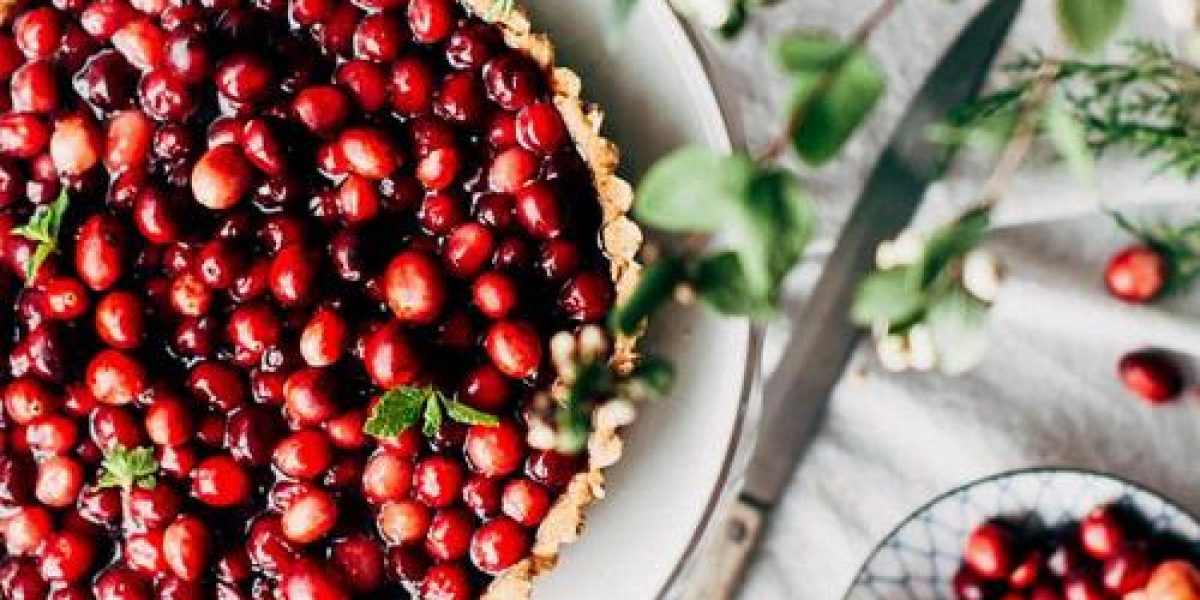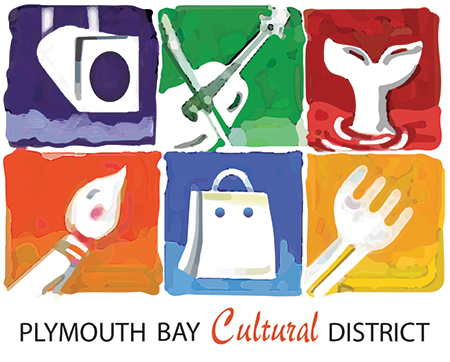Starting with the first Thanksgiving 400 years ago, the tart berries have played a stand-out role in many holiday dinners since.
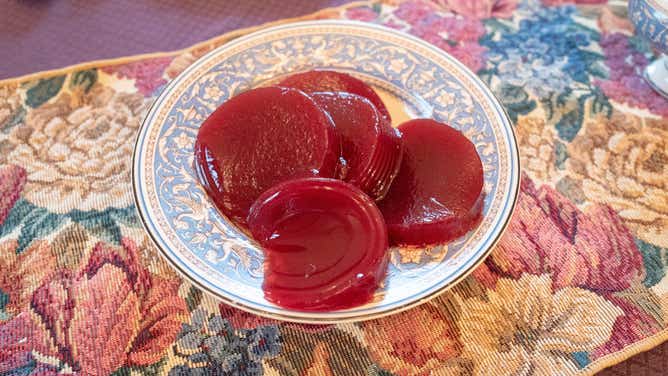
(Smith Collection / Gado / Getty Images)
FOX WEATHER.com – They might be the most polarizing figure at Thanksgiving.
Some folks might prefer them straight from the can, as a gelatinous cylinder bearing the ridges of the vessel from whence it came. Others might prefer them as a fresh relish or sauce, while others might forego a serving of them altogether.
No matter what form cranberries take, the tart fruit has become a standard part of many Thanksgiving dinners.
The cranberry has become nearly as ubiquitous with the holiday dinner as the avian star of the show. While only playing a supporting role, the fruit side dish has been a part of the cast for centuries — bringing its ancient history and story of culinary evolution to the table.
Cranberry Science Theatre
Cranberries are native to North America, particularly in states like Massachusetts. [Learn how pumpkins are also native to North America]
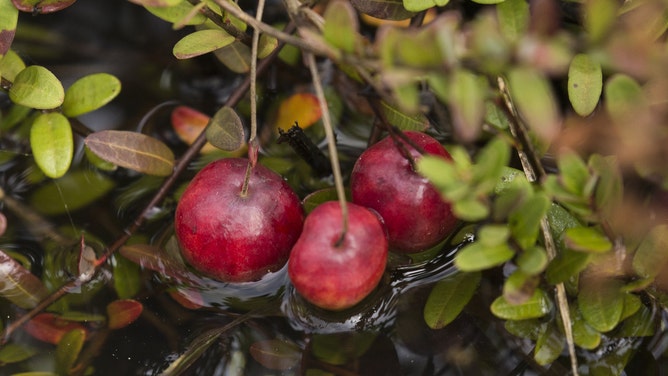
“For thousands of years, they’ve been growing here naturally along the dunes and in small wetland areas in the region,” said Brian Wick, the executive director of the Cape Cod Cranberry Growers Association in Massachusetts.
According to Wick, cranberry vines are a resilient perennial plant capable of growing for decades and sometimes over a century. This resilience, along with other helpful properties, made the plant and its berries useful for the Native population.
“They were very important to the indigenous people,” Wick said. “They were used as a medicine and also used as a dye in their clothing.”
“They used them as an integral part of their life, their food source,” Wick added. For instance, they mixed cranberries with meat and fat as a way to help extend the shelf life of the meat.
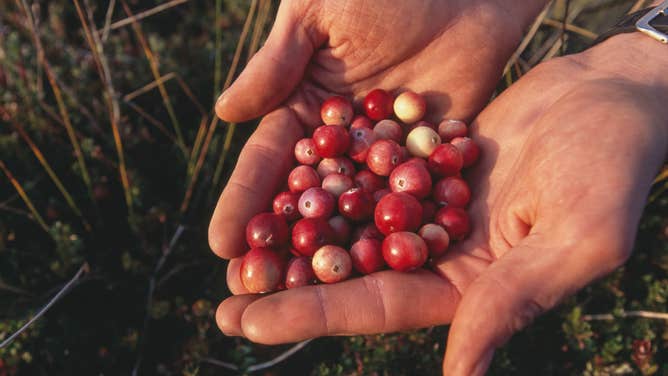
The indigenous people then introduced the cranberry to the English pilgrims, when they arrived in North America. According to Wick, they helped the pilgrims understand what cranberries were and how to use them.
Cranberries were later featured at a large meal shared between the two groups — a meal that later became known as the first Thanksgiving dinner.
Time for thanks, time for harvest
Some background on five food items that Americans will be chowing down on this Thanksgiving Day.
“The origin of our modern Thanksgiving holiday is a feast that occurred in Plymouth Colony in 1621,” said Kate LaPrad, the director of special projects at the Plimoth Patuxet Museums in Massachusetts.
According to LaPrad, the meal is known as the Harvest Feast. It was called by English Governor William Bradford after a successful corn harvest — one that was largely aided by an alliance of peace with Massasoit, the leader or “sachem” of the indigenous Pokanoket Tribe.
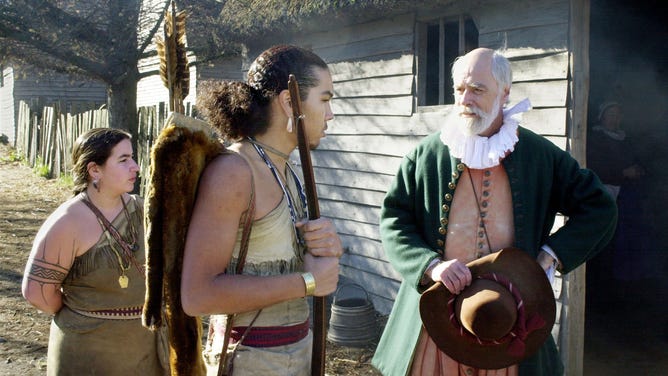
“When we talk about the Harvest Feast, I think it’s important to understand that these two groups of people at the time, in the fall of 1621, are very much allies,” LaPrad said.
“These were two groups of people who, at that moment, were both trying to do what they thought was best for the survival of their people,” LaPrad added.
According to LaPrad, the Harvest Feast involved three days of playing games and recreation, along with feasting on a variety of foods that were available in the region in the fall.
As the two groups came together, so did their cultures. LaPrad said some of the foods they ate included items the colonists brought from England, such as cabbage, carrots and turnips. They also feasted on foods that were native to the region, such as pumpkin, squashes and corn.
Also making an appearance at the dinner: the American cranberry.
A saucy evolution
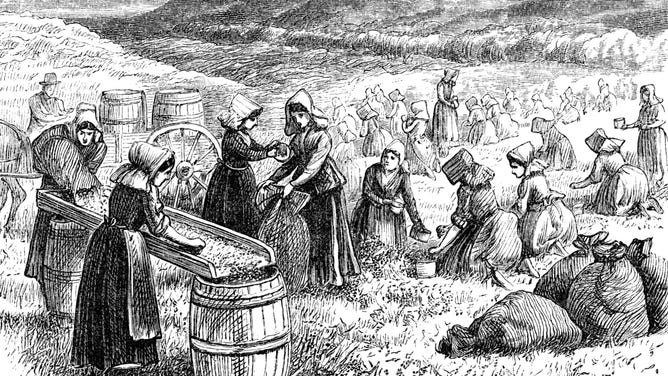
(Photo12 / Universal Images Group / Getty Images)
Like many people who have their first taste of cranberries, the English colonists noted the strong flavor of the tiny berries.
“In what I’ve seen in the writings from the period of the pilgrims and beyond, there is reference to the tartness of the cranberry,” Wick said. According to Wick, the Native people even had a term for the berry that translated to “bitter berry”.
“There is evidence and writings where they talked about flavoring it with maple or honey or other natural sweeteners that were available at the time,” Wick said. “The Native Americans and the pilgrims used those natural sweeteners right from the start to help offset some of that tartness that’s in the fruit.”
According to Wick, the tart fruit became popularly used to create cranberry sauce for turkey and other types of meat in the late 17th century. Within a hundred more years, cranberry sauce became a staple dish in the U.S., with its popularity taking off even more throughout the 19th century.
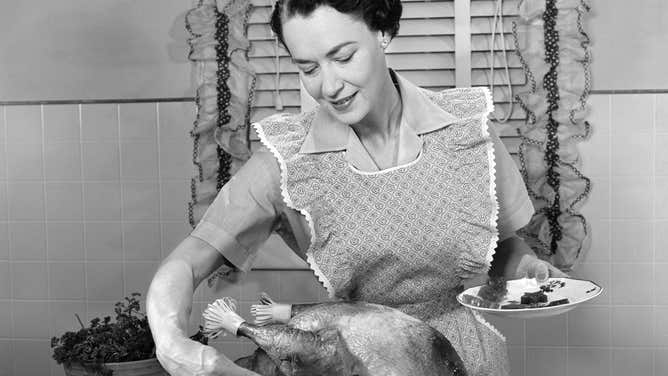
In the early 20th century, the first cranberries were put into metal cans, Wick said. Developed to help preserve a range of foods, canning was also used to help prolong the shelf life of cranberries and cranberry sauce.
This innovation also helped lead to another culinary development: green bean casseroles. Often made from a can of cream of mushroom soup, the green bean casserole is a relatively modern addition to the Thanksgiving menu.
“It was developed in 1955 by someone in the Campbell’s test kitchen,” LaPrad said. “It wasn’t initially thought of as a celebratory holiday food — it was really thought of as a way to make cooking a little bit easier for housewives.”
Quintessentially American
Today, the legacy and importance of cranberries have remained strong, especially where that first Thanksgiving dinner was hosted 400 years ago.
“It’s the number one agricultural crop in the state,” Wick said. “It’s the state berry. Cranberry is the official Massachusetts state color. Cranberry juice cocktail is the official drink.”
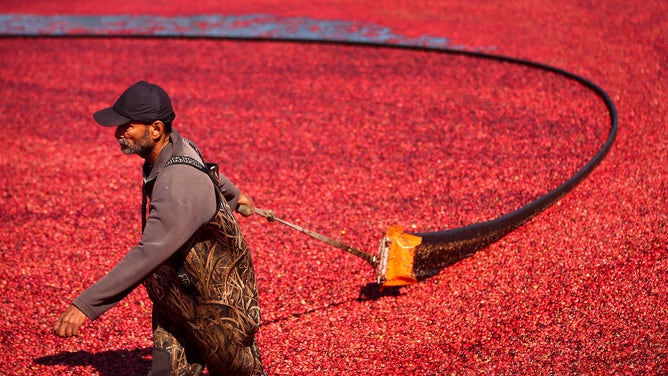
(John Tlumacki / The Boston Globe / Getty Images)
The importance of the tart fruit is also evident nationwide by how reliably present it is on dinner tables across the country, especially during Thanksgiving.
No matter what form they take, cranberries evoke memories of many holidays past. And given the berries’ origins in North America and the Thanksgiving holiday’s American origins, cranberries have a special meaning.
According to Wick, for many folks, cranberries resonate as the quintessential American side dish.
By Angeli Gabriel, FOX Weather

